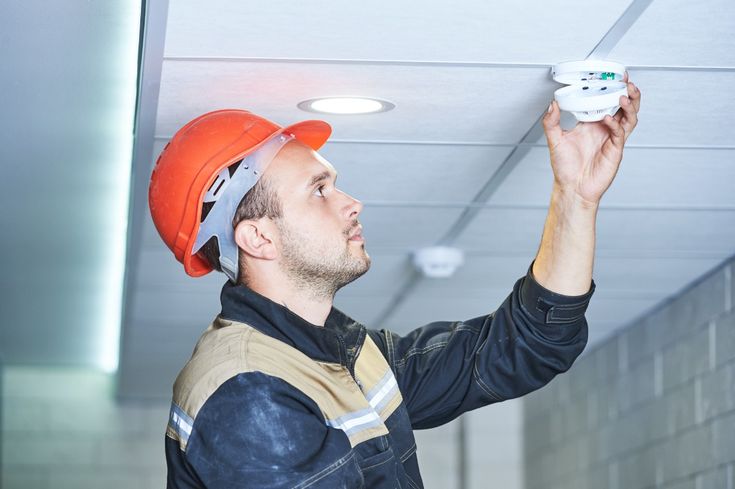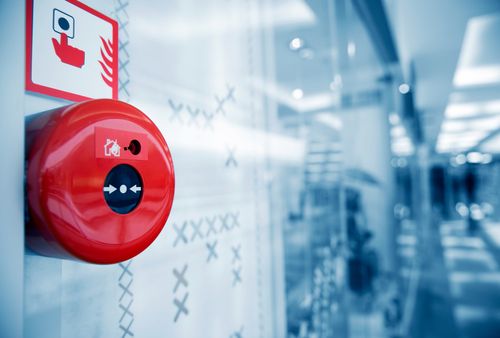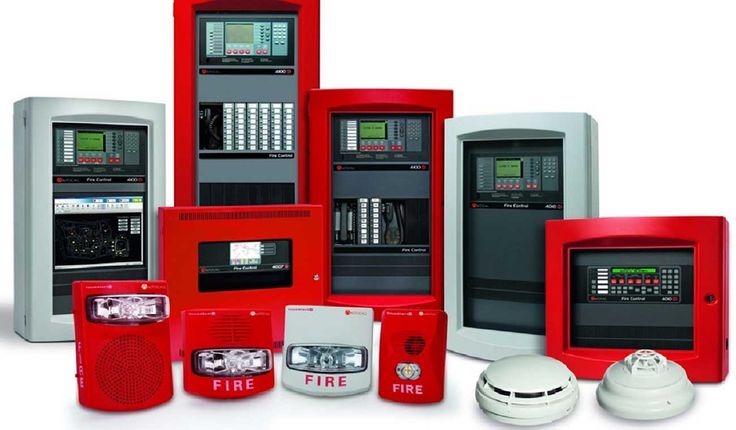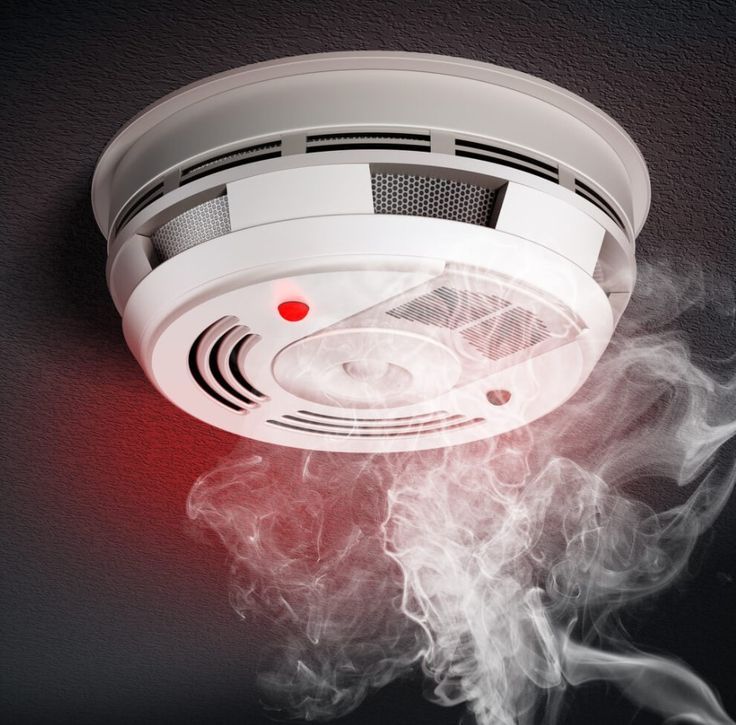Description:
The Standard Fire Alarm System is a crucial safety device designed to detect and alert individuals in the event of a fire. It provides early detection of smoke, heat, or flame, ensuring a quick response to prevent damage or injury. The fire alarm system is essential for both residential and commercial buildings, offering protection by notifying occupants and local authorities immediately in case of fire emergencies.
Features:
- Early Detection: Detects smoke, heat, and flames quickly to provide early warning.
- Automatic Activation: The system automatically activates alarms, sirens, and notifications in case of a fire detection.
- Reliability: Built with high-quality components to ensure long-lasting and dependable performance in emergencies.
- Integration with Other Systems: Can be integrated with fire suppression systems, elevators, and other emergency protocols to ensure a coordinated response.
- Remote Monitoring: Allows remote monitoring and control for better management of fire safety systems.
- Compliance with Standards: Meets national and international fire safety standards, ensuring optimal and legal operation.
Specifications:
| Type: | Conventional, Addressable, Hybrid |
| Detection Methods: | Smoke, Heat, Flame Detection |
| Alarm Sound Level: | 90 to 120 dB (depending on model) |
| Power Supply: | AC Power (with Battery Backup) |
| Connectivity: | Wired or Wireless |
| Integration: | Compatible with Fire Suppression Systems, Security Systems, and Other Emergency Protocols |
| Certification: | UL Listed, NFPA Compliant |
| Warranty: | 1 to 5 years (depending on model) |
How to Use:
- Install in Key Locations: Install fire alarm devices in critical areas such as hallways, kitchens, basements, and near exits.
- Connect to the Fire Safety System: Ensure the fire alarm is connected to the fire suppression system and other emergency protocols to ensure coordinated action.
- Activate in Case of Fire: The alarm system will automatically detect smoke, heat, or flames and activate the siren, alerting everyone in the building to evacuate.
- Test and Maintain Regularly: Test the fire alarm system periodically and perform routine maintenance, including checking batteries and sensors, to ensure it functions properly in case of an emergency.






